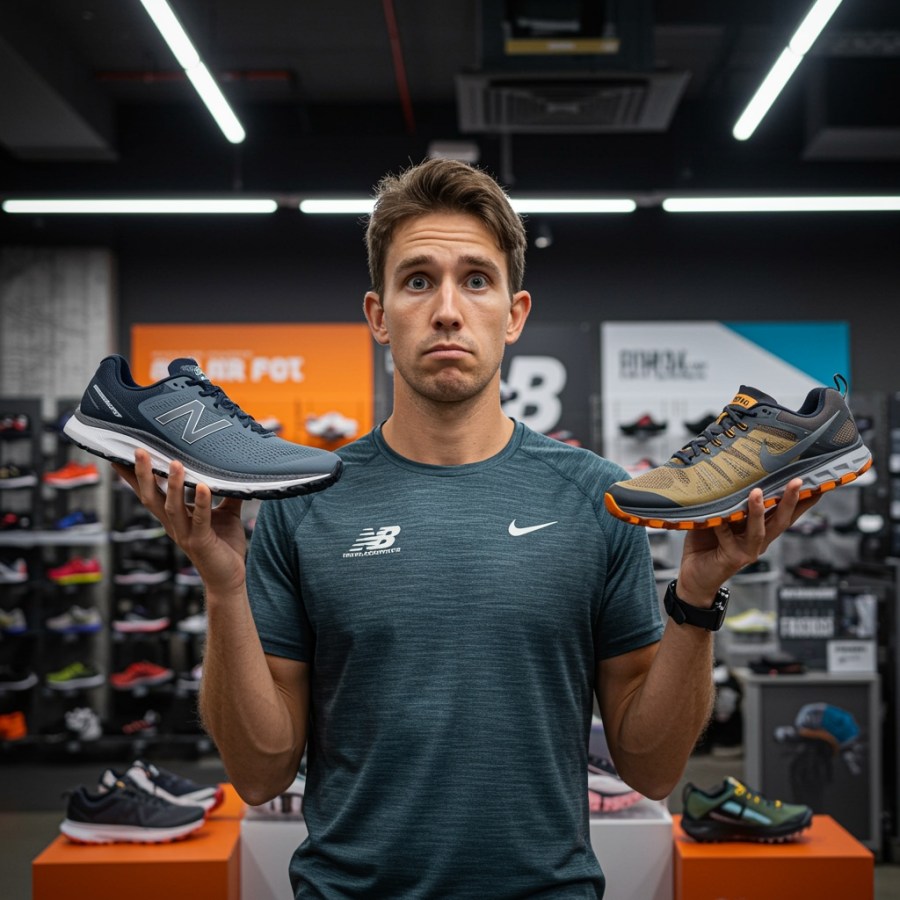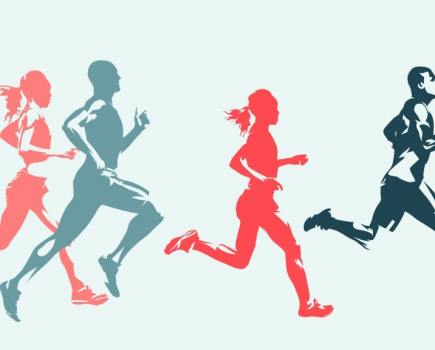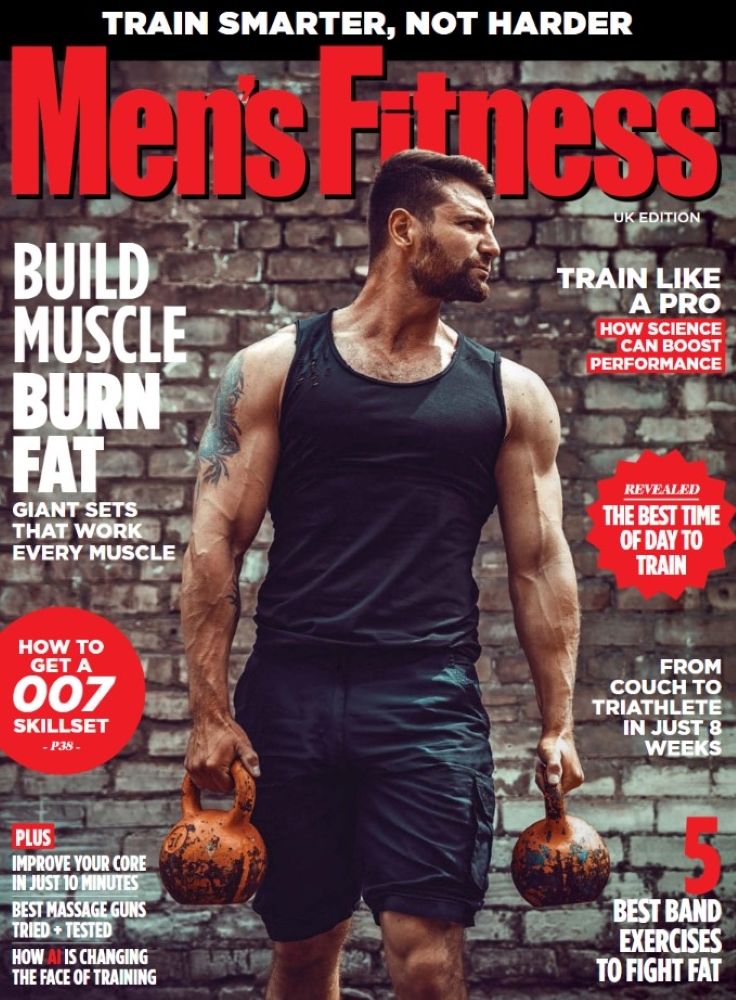It might seem like the more expensive option but owning more than one pair of running shoes can save you money in the long run!
I have a friend. Let’s call him James. He owns a few running shops in the South of England. When I asked him what the most popular question customers put to him, he said it was always the same: should I buy more than one pair of running shoes?
To the uninformed, it might seem like an extravagant purchase: TWO pairs of running shoes, you might ask yourself. Why would I need two pairs? Well, it turns out there are a number of reasons why you should.
For starters, running shoes only have a finite life. The majority of the most popular shoes will get to around 500 miles before they start to deteriorate. Often these changes are almost undiscernible.
Your shoe might still look the same, but the midsole – the structure which delivers both cushioning and support – will not be the same as it was out of the box.
Imagine buying a brand-new car: it’s on the forecourt, shiny and undriven. But as soon as you drive it away from the garage, things start to change – tyres, engine, interior. It’s a slightly clunky analogy but one that run specialty retailers use often.
A running shoe is not built for indefinite use: it should be replaced every 500 miles of calendar year, whatever comes first.
If you only own one pair of running shoes, then you’re doing all your running in just a single pair. If you also walk around it or wear it to the gym, you’re putting more wear on it. Modern materials have delivered some amazing benefits – increased cushioning, less weight, greater breathability.
But the polymers used for midsole materials are a bit like our bodies – they need time to recover. They’re designed to compress on impact and spring back after wear.
If you wear your shoe, day in, day out, the midsole will not get a chance to ‘recover’ – which means you’ll wear it out much quicker than if you had another pair.
Most runners, myself included, have what they call a ‘shoe rotation’ – multiple pairs of trainers which they rotate on a daily basis.
And I track the usage of each of these pairs carefully. You can use a smartwatch but I use the training app Strava, in which I add the name of my shoes against each run, keeping a rolling total of the miles covered by each shoe.
Doing this means you can keep a close eye on how many miles you’re putting on each shoe – and therefore prolong the life of each of them. Buying two pairs at the same time will mean you’re less likely to return to the shop to pick up a replacement.
Another reason why you’d want more than pair of shoes is usage: different shoes have different purposes. One of the most common two-shoe purchases is a road shoe and a trail shoe.
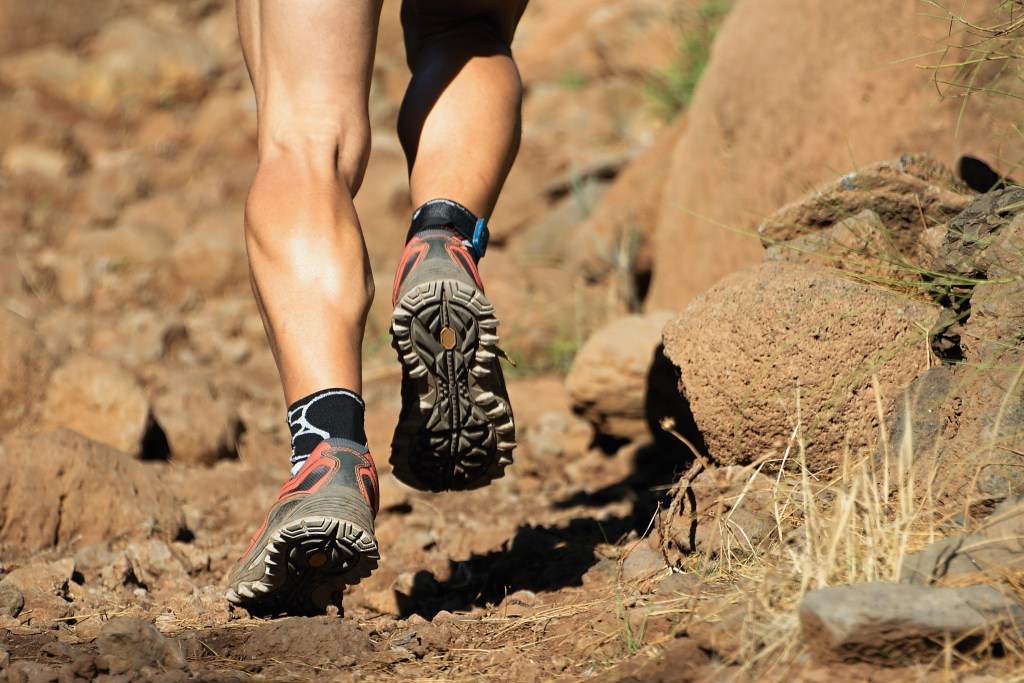
If you’ve ever spent a winter running on the trails, you’ll know your shoes take a beating. I have a separate trail shoe that takes the brunt of the winter weather. I use a Brooks Cascadia 18, but other good shoes would be the Saucony Peregrine 15 or New Balance Hierro 9.
It’s also more fit for purpose: trail shoes have a more robust upper and a more aggressive outsole which means you’re less likely to fall over in treacherous conditions.
You can also buy waterproof off-road shoes to keep your feet dry – but you’d be unlikely to want to wear these in the height of the summer, when a more breathable, lighter alternative would be more preferred.
Finally, if you’re looking to race or for a shoe to run faster in, your general daily trainer might not be up to speed (literally). The last five years has seen an explosion in what are called ‘supershoes’ – carbon or nylon-plated trainers that have lightweight midsoles and uppers and are designed for speed.
There are a whole raft of supershoes, ranging in price from £150-£300 that can make a big difference to your performance. I use a Saucony Endorphin Pro 4, but you could also take a look at the Hoka Cielo X1 2.0 or the On CloudBoom Echo 3.
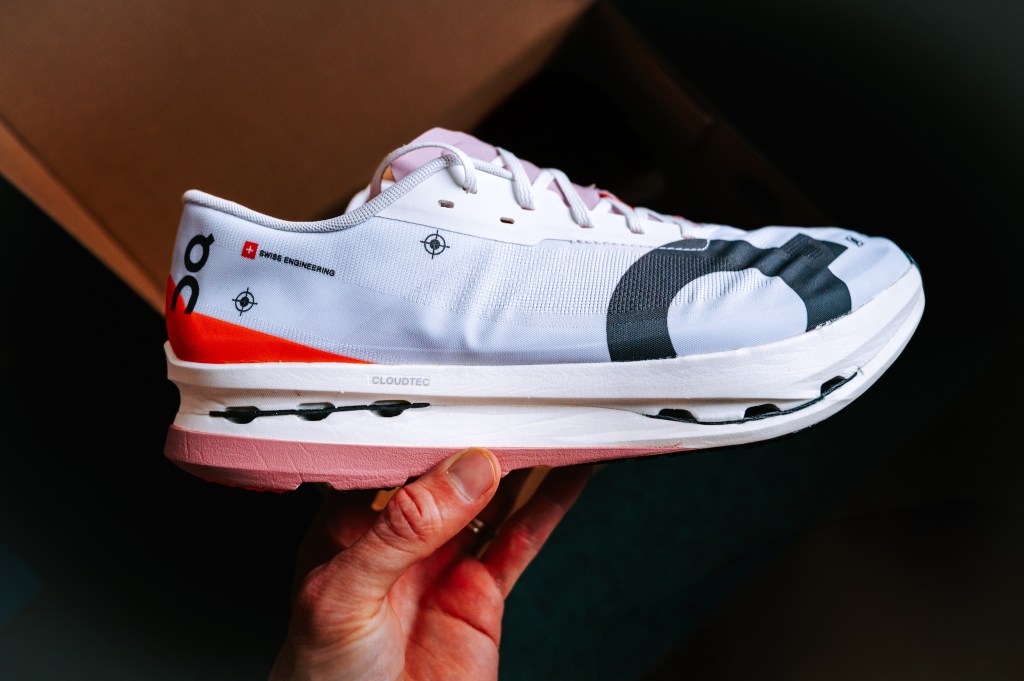
But these should be used sparingly as 1) they are eye-wateringly expensive 2) they are not built to last as long as standard trainers. They should be used alongside your daily trainer, not instead of.
So next time you’re looking at buying a running shoe, think twice – literally. They say that two heads are better than one – it is the same for running shoes. In fact, sometimes three is even better!

